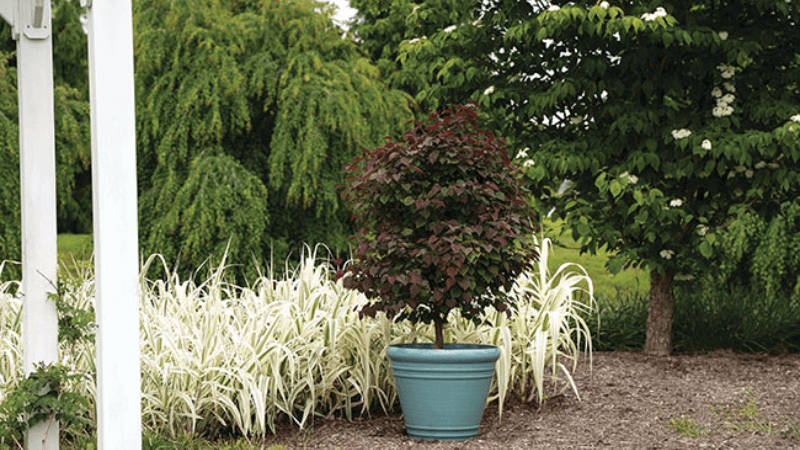
Forty Under 40 Perspectives: New product selection in woody ornamentals
When I have the opportunity to meet with young plant producers or growers, there’s always one question I make sure I ask them: “What do you need that the industry is missing?” Sometimes the response is a specific need or a vague idea. But often, a customer’s honest answer to what they are looking for is “I don’t know.”

In the woody ornamental department at Star Roses and Plants, every successful introduction starts with a good product. But in a class of plants that can take upwards of 10 years to breed, how do you choose future products to fill industry gaps? How do you help a customer who doesn’t know what they want or need?
Let’s go back to my first time walking a progeny field. On my second day at Star Roses and Plants, I was turned loose in a 14-acre field of roses and asked to identify the varieties I found to be noteworthy. New to this process, I naturally gravitated toward plants with my favorite flower colors, orange and yellow. Afterward, I was encouraged to consider what benefits these plants offered apart from being pretty. What else could the varieties do? Little did I know that this was the start of my fascination with new product development and a 12-year process of learning how to select plants under the guidance of some of the best mentors in the industry. I’m nowhere near done learning (nor do I think you ever are if you’re trying to learn all woody genera), but I’ve picked up some useful tips along the way.
Ultimately, making new product selections comes down to asking three questions.
1. IS THE PRODUCT UNIQUE FROM WHAT’S ON THE MARKET?
Let’s start with the first question. To determine whether a plant is unique, you have to know what’s on the market. I cannot overstress the usefulness of comparison trials for determining a plant’s distinctive qualities. One of the best tools for making product selections is observing new plants alongside both old market standards and recent market introductions. This allows you to gauge whether you’ve made significant aesthetic improvements in habit, color or flowering.
2. WHAT PROBLEM(S) DOES THE PRODUCT SOLVE FOR YOUR CUSTOMER?
However, sometimes looking different isn’t enough. This is where our second question is helpful. There are many genera of plants where the market is oversaturated with options. Sure, the shade of pink exhibited by your new Hydrangea macrophylla is distinctive according to the RHS color chart, but so what? There are too many hydrangeas out there for this to merit introduction. There’s plenty out there to be improved upon if you stay tuned to your customers’ pain points.
How about solving issues with flower bud hardiness so late frosts don’t result in green meatballs all season or improving traits that give growers a headache, such as disease pressure and rooting issues on Hydrangea quercifolia? Be curious enough to ask new questions: Why aren’t certain crops grown in large quantities? Why did an old market favorite fall out of favor?
3. IS THE PRODUCT A GAME CHANGER?
This type of acute observation is what allows for our third question to be asked: Is this plant a game changer? From talking with others in the industry, I can tell you that a game changer doesn’t come around often and when it does, it’s likely something that wasn’t on the breeding or sourcing plans in the first place. Product managers who discovered a plant with game-changing characteristics always say when they saw it in the field for the first time, they just knew it was special. I don’t think I’ve personally found a game changer yet, but that’s the exciting part of product development – there’s always the potential to find one in the next field I walk through.
In the end, product selection walks a thin line. You have to be openminded enough to spot the game changer, but ruthless enough to quickly discard the majority of plants that just don’t cut it. If your new product doesn’t solve a customer problem or have traits that are different enough to be spotted at 30 yards, then it probably belongs on your “keep breeding” list.
For an enhanced reading experience, view this article in our digital edition by clicking here.









 Video Library
Video Library 


















